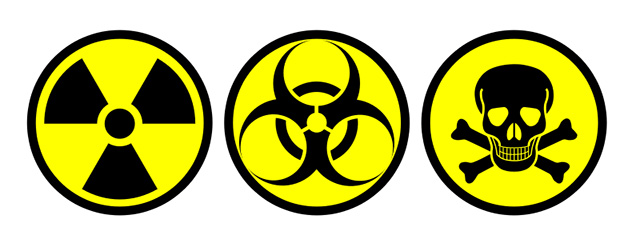A favorite topic for evolution is random spontaneous mutations and specifically how these mutations cause “beneficial” traits to emerge in populations of living organisms. Such spontaneous mutations occur during reproduction as DNA heredity function. Such hereditary function is considered to occur within the “sex cells” or as germ line mutations. Such spontaneous mutations which impact the offspring and fulfill a new trait to the offspring without a detrimental effect are called neutral but very rarely a fraction are argued as being beneficial mutations.
The existence of such beneficial mutations is literally the lifeline for evolutionary theory. Such beneficial mutations are the mechanism to drive change of species through common ancestry evolution. Moving single celled organisms into multi-cellular life forms. Such beneficial mutations are the mechanism (along with natural selection) which over the supposed billions of years of life on earth, has refined every magnificent organism from the single cellular bacterium to the vastly complex multi-cellular human being.
If such beneficial mutations are in fact observed to genetically diversify, strengthen, and build species into being stronger and more fit, then evolution soundly succeeds. In such a case, evolution retains its proverbial ‘heavy weight championship title’ status and as the explanation for all diversity of life on earth. However, should such beneficial mutations be discovered as missing, lacking, weakening, destroying, or degradative toward the genetics of the species then our great champion of naturalism loses its proverbial title by getting knocked out cold.
“The amount of variation is determined by a balance between selection, which destroys variation, and beneficial mutations, which create more.” 1
A quick search on Google of the term “beneficial mutations” brings an amazing 28+ million results! With such an overwhelming amount of resources reporting, one would immediately conclude that beneficial mutations must be obvious, everywhere, and thoroughly scientifically documented. However, while the search results are filled with assumptions (conjecture or opinions) with millions of words which if printed might fill library shelves, actual beneficial spontaneous mutations as delineated on the various websites and articles are vastly unclear, examples are sparse, and sound scientific data is lacking.1
In reviewing numerous reputable sites, it takes very little time to discover that beneficial mutations actually are “rare” and “scarcely occur” 1.
The US National Library of Medicine deduces that the lack of observable beneficial mutations is perhaps because “they accumulate in…selective sweeps” 1 Perhaps they use such term as ‘accumulating in sweeps’ because the statement is not based on observable scientific experimentation but because such data does not exist so it is conjecture. The mass of such articles offer mountains of assumptions, opinion, theoretical charts, drawings, and math formulas all based on assumptions and guesstimates- but not any observable data.
These sites list examples of what they consider to be beneficial mutational evidence. One would expect there to be an extensive list of such beneficial examples…but, no. The list is very short. Even including suspect “mutations” such as eye or hair color which are known to be intended functions of DNA heredity, the list still remains very short indeed.
So we added to our search on Google a search of “list of beneficial mutations”. This search cuts the resources to a mere 8.3 million but finding this list is still strangely missing. Are the quantity of such cases simply too numerous to list? Seems this is not the case. To make a list we must compile examples from multiple sites and still the list is less than ten spontaneous mutations that caused brand-new functions, provided new genetics to assure the survival of the organism but were they completed without detrimental genetic side effects? After all, spontaneous mutations are the champion of evolution; How all diversity on earth today derived.
Beneficial Mutations: Boom! There it is!
Here are some examples of beneficial mutational drawn from a few websites: including HIV (virus) resistance, lactose tolerance, trichromatic vision, and bacterial metabolism changes.3 However the so-called “textbook” example is sickle cell anemia.” 4
Without going into an exhaustive review of these examples which could take many pages, we shall suffice to answer the first four in quite simplistic terms:
Regarding HIV resistance, (or any viral resistance including antibiotic resistance in humans) it has been determined to be caused by a vast array of anti-bodies which work constantly to make each and every intruding virus extinct. In other words, viruses have preexisting (DNA) ability (gained at reproduction) which permits, limits, and even encourages 2 rapid genetic modification. These changes, just as eye or hair color at reproduction, are not products of spontaneity or randomness, but, are functions of built-in DNA alleles. These attributes are designed to allow both diversity and survival of viruses. This balance has battled presumably for all time. Viruses must modify and reproduce rapidly. They have always done so, and therefore have survived against all the odds of other advanced antibodies of multi-cellular organisms designed to utterly destroy them. The ability for viruses to survive in hostile environments points not to random chance but rather toward design. Toward preexisting information within DNA, the mechanism encouraging modifications in the first place and not spontaneous or random events.
Lactose “tolerance” assumes that “early” humans had “intolerance”. The assumption is humans could not digest lactose (dairy) long ago but today has gained a beneficial trait of tolerance. This is based on assumption and not experimentation. This is revealed by the fact that this adaptation is supposed as occurring in the distant past some eight thousand years ago.5
Trichromatic vision, like lactose tolerance, is also based on assumptions. Here, naturalism imagines that, despite overwhelming evidence of design, the human eye has evolved from “simpler” vision to trichromatic. The assumption assumes that the eye was modified gradually, in a step by step Darwinian method, over eons of time 6. Therefore, this proposed solution as to how trichromatic vision emerged through spontaneous mutation over billions of years is the same as the question. Essentially evolution is answered by evolution. The question is also, ironically, the answer. Of course, such assertions are non-scientific and could only true if observable—and we cannot go back billions of years so it is not.
“…because one of E. coli‘s defining characteristics is the inability to use citrate for energy in the presence of oxygen…the citrate-consuming bacteria (deprived of oxygen) could be seen as a new species.”
Science magazine 2013
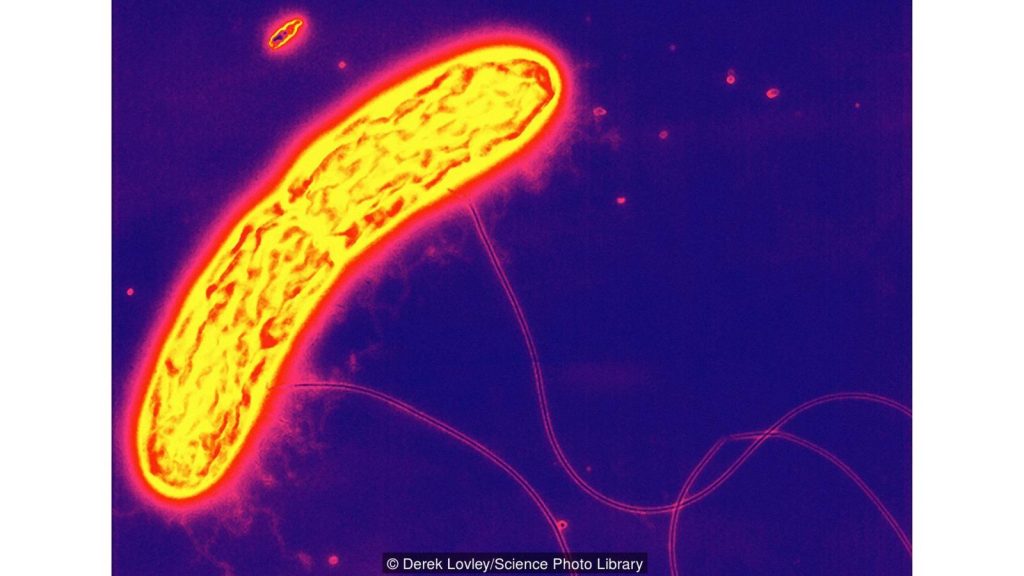
Unfortunately, genome mapping of this supposed “new species” revealed that these spontaneous mutations occurred due to deletions of genetic material, which, counterintuitively, allowed the species to survive 2. While this may be indeed be an example of random mutation which did miraculously (against massive odds) prevent starvation and asphyxiation of some very lucky bacteria. However, these bacteria and all their future generations, shall have less (not more) genetic material 2.
These organisms cannot ever return to being normal E. coli, eating sugars and breathing oxygen. (Which on earth are good traits to have!) They are left as strange “mutants” forever imprisoned breathing carbon dioxide and eating citrate. This is certainly evidence of a spontaneous mutation allowing survival of bacteria that should have all died. However, it is not an increase or step toward toward more complexity as evolution promises. In fact, genetic science has revealed that these mutations have occurred at a massive degradative cost to the genetics of the organism. Calling this beneficial is debatable.
Evolutionist: The king of beneficial mutation is Sickle Cell.
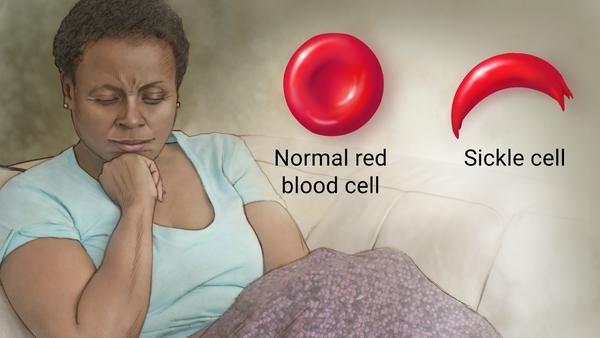
Sickle Cell, similar to Lenski’s E. coli bacteria, has changed the organisms (or more accurately humans) forever. Sickle Cell mutation occurred during havoc and death being caused by mosquitoes causing malaria on the masses. The mutation emerged when 1 amino acid of 146 amino acid protein chain spontaneously mutated 2 and was passed to offspring. The result of this spontaneous mutation caused the offspring to have the shape of their red blood cells to change from round to having a “sickle” shape. The benefit to the offspring was when they were infected with malaria the sickle cell shaped red blood cells were invisible to the virus. Viruses and antibodies work by shape or feel within the organism. The offspring therefore gained a beneficial spontaneous mutation because they survived malaria!
But wait, there is much more. The average person is aware that Sickle Cell is known widely as a disease– not a benefit. Sickle Cell is inherited (thanks to evolution and a spontaneous mutation) as a red blood cell disorder which causes even greater problems when parents with the trait both reproduced offspring.
Clearly, beneficial mutations are quite scarce, and possibly non-existent. Other spontaneous mutations (somatic mutations or DNA copying mistakes) those that occur after conception, were found by John Hopkins Medicine to contribute to a staggering 2/3 of all cancers (somatic cancer) in humans. 8 Science reveals that the vast majority of all spontaneous mutations are bad, that good ones are so incredibly rare we consider them all bad 9.
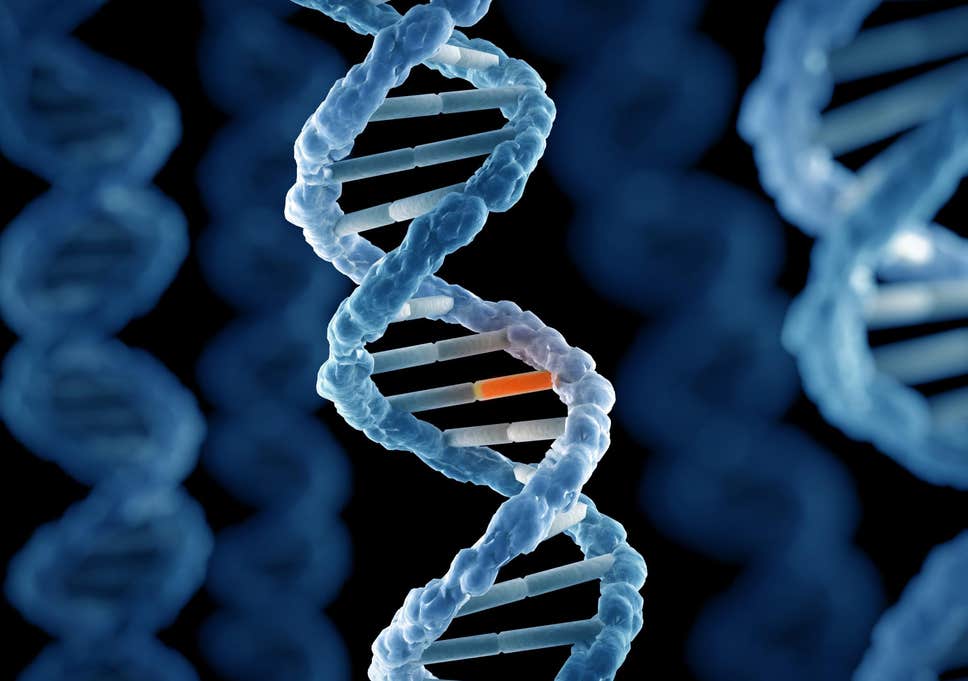
Even naturalists recognize that spontaneous mutations are lacking: “It is entirely in line with the accidental nature of mutations…(with) the vast majority of them detrimental to the organism in its job of surviving and reproducing— good ones are so rare we can consider them all bad.” 9
Bulletin of the Atomic Scientists 11:331
In conclusion, while perhaps a handful of beneficial spontaneous mutations have saved organisms from death, they all have done so at a massive cost to the genome. Each and every example finds the benefit is balanced against a detrimental effect, specifically the loss or damage to DNA genetic information. We have found that most, if not all, spontaneous mutations are hazardous, cancerous, and deadly. In a few cases, (such as Lenski’s citrate eating, carbon dioxide breathing bacteria or Sickle Cell) the living organism benefited by mere survival but only at a massive expense genetically.
The question for evolution to answered is: if evolution is the explanation for all diversity on earth, via common ancestry, how could all this diversity have occurred in light of such deadly and destructive mechanisms as spontaneous mutations?
“…mutations arising both in the laboratory and in natural populations typically produce deterioration, disease, and monstrosities…such changes it would seem, can hardly serve as evolutionary building blocks.” 10
Genetics and the origin of species: An introduction, Francisco J. Ayala and Walter M. Fitch, July, 1997
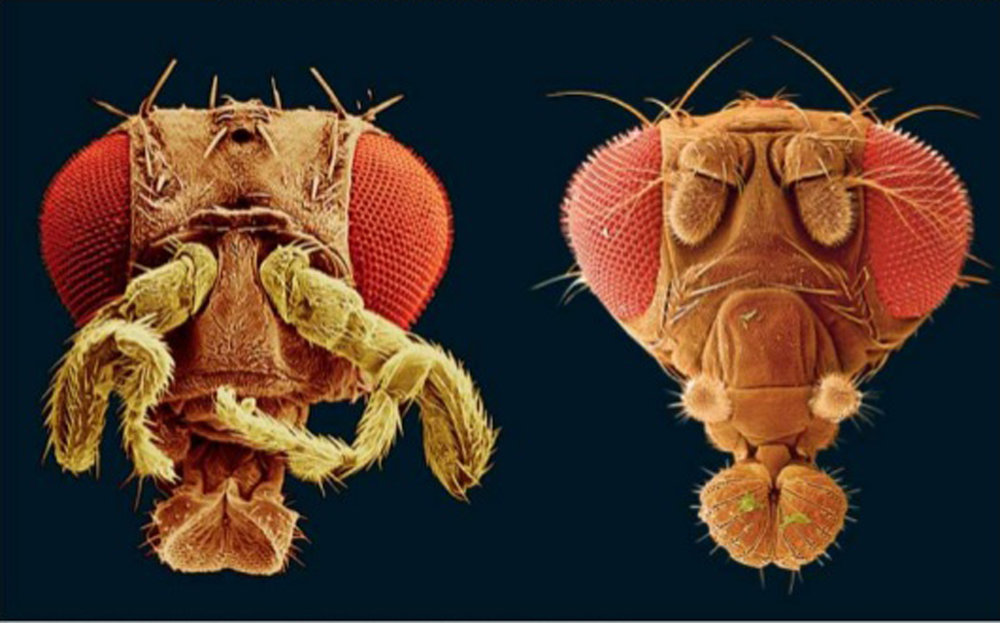
Is this an example of a beneficial mutation?
Clearly NO! Degraded genetic material and loss of function!
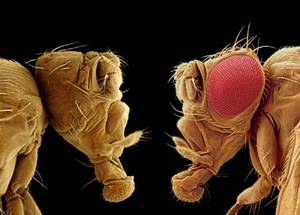
1 https://www.ncbi.nlm.nih.gov/pmc/articles/PMC1931526/
2 Behe, Michael book “Darwin Devolves”
3 https://study.com/academy/lesson/beneficial-mutations-examples-effects.html
6 https://learn.genetics.utah.edu/content/senses/eye/
7 https://www.nhlbi.nih.gov/health-topics/sickle-cell-disease
9 Bulletin of the Atomic Scientists 11:331 from https://answersingenesis.org/genetics/mutations/sickle-cell-anemia-and-other-good-mutations-of-evolution/
10 Genetics and the origin of species: An introduction, Francisco J. Ayala and Walter M. Fitch, July, 1997

